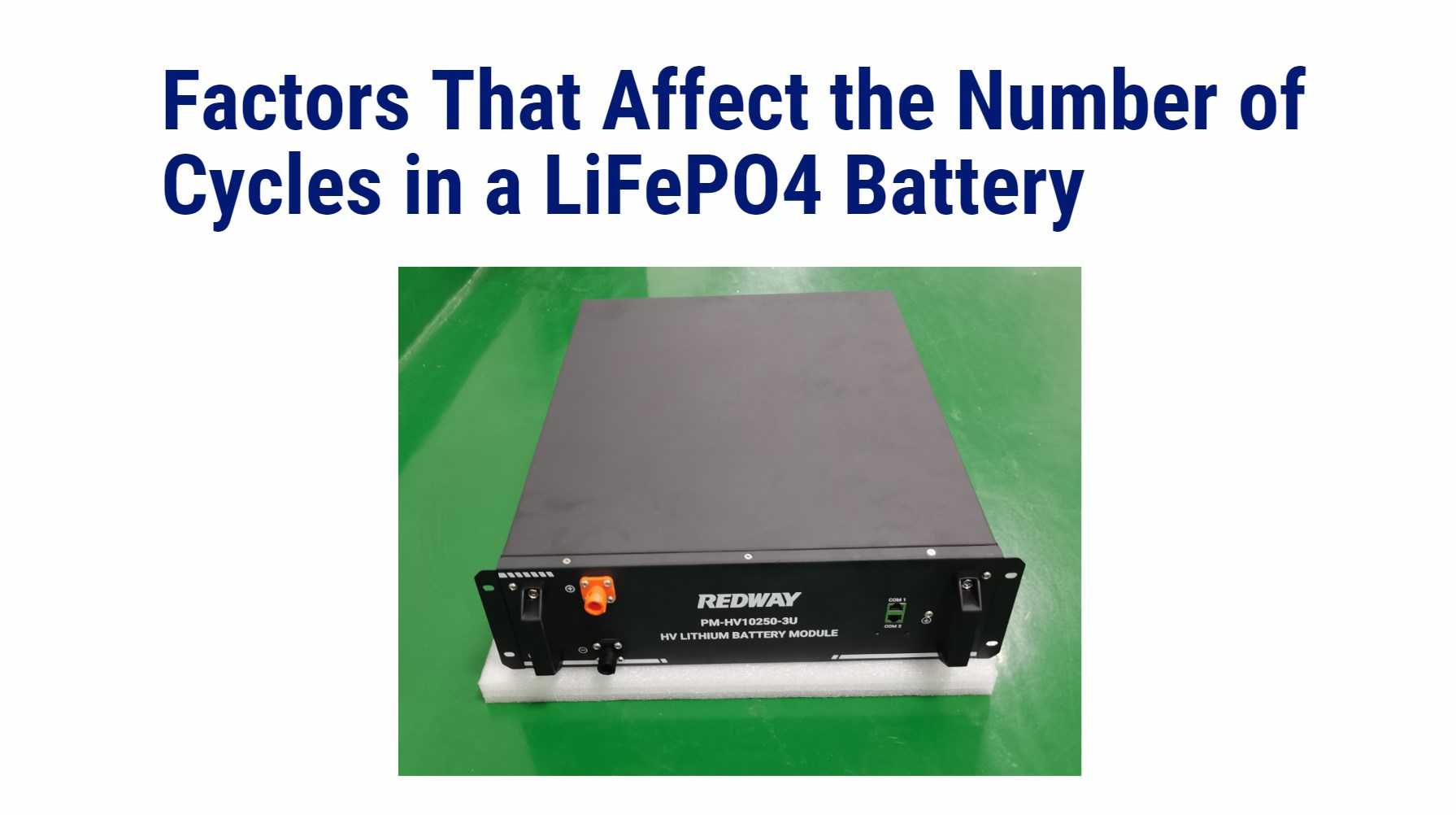Lithium Iron Phosphate (LiFePO4) batteries are renowned for their longevity and reliability, making them a popular choice for various applications, including electric vehicles, renewable energy storage, and portable electronics. One of the most critical factors in evaluating the performance of a LiFePO4 battery is its cycle life. In this article, we will explore how many cycles a LiFePO4 battery typically has, the factors that affect its cycle life, and the advantages of using these batteries in different applications.
1. Understanding Cycle Life in Batteries
1.1 What is Cycle Life?
Cycle life refers to the number of complete charge and discharge cycles a battery can undergo before its capacity significantly diminishes. For lithium-ion batteries, including LiFePO4, a cycle is defined as one full discharge followed by a full charge.
Wholesale lithium golf cart batteries with 10-year life? Check here.
1.2 Importance of Cycle Life
Cycle life is crucial for determining:
Want OEM lithium forklift batteries at wholesale prices? Check here.
- Longevity: A higher cycle life means the battery can be used longer before needing replacement.
- Cost-Effectiveness: Batteries with longer cycle lives provide better value over time, reducing the frequency of replacements.
2. Cycle Life of LiFePO4 Batteries
2.1 Typical Cycle Life Range
LiFePO4 batteries are known for their impressive cycle life:
-
Average Cycle Life: Typically ranges from 2000 to 5000 cycles, depending on usage conditions and charging practices.
-
Depth of Discharge (DoD): The cycle life can vary based on how deeply the battery is discharged during each cycle. For example:
-
Discharging to 80% DoD may yield around 2000 cycles.
-
Discharging to 50% DoD can extend the cycle life to over 4000 cycles.
-
2.2 Comparison with Other Lithium-Ion Batteries
When compared to other lithium-ion chemistries:
- LiFePO4 vs. Lithium Cobalt Oxide (LCO): LCO batteries typically offer around 500 to 1500 cycles.
- LiFePO4 vs. Lithium Nickel Manganese Cobalt (NMC): NMC batteries generally provide about 1000 to 3000 cycles.
| Battery Type | Average Cycle Life (Cycles) | Typical Depth of Discharge (DoD) |
|---|---|---|
| Lithium Iron Phosphate (LiFePO4) | 2000 – 5000 | Up to 80% |
| Lithium Cobalt Oxide (LCO) | 500 – 1500 | Up to 80% |
| Lithium Nickel Manganese Cobalt (NMC) | 1000 – 3000 | Up to 80% |
3. Factors Affecting Cycle Life
3.1 Charging Practices
Proper charging practices significantly impact the cycle life of LiFePO4 batteries:
-
Charging Voltage: Overcharging can lead to thermal runaway and reduced lifespan.
-
Charging Current: High charging currents may also degrade battery health over time.
3.2 Temperature Conditions
Temperature plays a crucial role in battery performance:
-
Optimal Range: LiFePO4 batteries perform best within a temperature range of 0°C to 45°C.
-
Extreme Temperatures: High temperatures can accelerate degradation, while low temperatures may reduce capacity temporarily.
3.3 Depth of Discharge (DoD)
The depth to which a battery is discharged affects its longevity:
-
Shallower discharges generally lead to longer cycle lives.
3.4 Quality of Manufacturing
The quality of materials and manufacturing processes also influences cycle life:
- Higher-quality components typically result in better performance and longevity.
4. Advantages of LiFePO4 Batteries
4.1 Safety Features
LiFePO4 batteries are known for their safety:
-
They are less prone to overheating and thermal runaway compared to other lithium-ion chemistries.
4.2 Environmental Impact
These batteries are more environmentally friendly:
-
They contain fewer toxic materials and are easier to recycle.
4.3 Performance Stability
LiFePO4 batteries maintain stable voltage levels throughout their discharge cycles, ensuring consistent performance.
5. Applications of LiFePO4 Batteries
5.1 Renewable Energy Systems
LiFePO4 batteries are widely used in solar energy storage systems due to their long cycle life and safety features:
-
They store excess energy generated during the day for use at night or during cloudy weather.
5.2 Electric Vehicles (EVs)
Many electric vehicles utilize LiFePO4 batteries for their reliability and longevity:
-
The extended cycle life ensures that EV owners can rely on their vehicles for many years without significant degradation.
5.3 Portable Electronics
LiFePO4 batteries are also found in various portable electronic devices:
- Their lightweight nature and safety make them ideal for consumer electronics.
6. Latest News on Lithium Battery Technology
Recent advancements in lithium battery technology continue to enhance performance and safety features:
- Innovations such as smart battery management systems (BMS) allow users better monitoring capabilities.
- Research into solid-state batteries promises increased energy density and improved safety characteristics in future models.
7. Frequently Asked Questions (FAQs)
7.1 How long do LiFePO4 batteries last?
With proper maintenance, LiFePO4 batteries can last over ten years or more, depending on usage conditions.
7.2 Can I use my LiFePO4 battery in extreme temperatures?
While they perform best between 0°C and 45°C, it’s advisable to avoid extreme temperatures whenever possible.
7.3 What should I do if my battery shows reduced capacity?
If you notice reduced capacity, check for any signs of damage or degradation; consider consulting a professional for evaluation.
8. Conclusion
In conclusion, Lithium Iron Phosphate (LiFePO4) batteries offer an impressive cycle life ranging from 2000 to 5000 cycles, making them an excellent choice for various applications requiring reliable energy storage solutions. By understanding the factors that influence their longevity and adhering to best practices for charging and maintenance, users can maximize the performance and lifespan of their LiFePO4 batteries.At Redway Battery, we specialize in manufacturing high-quality Lithium LiFePO4 solutions tailored to meet diverse customer needs worldwide. With our extensive experience in this field, we provide custom solutions quickly for wholesale and OEM customers. For a quick quote or more information about our products, please contact us today!







